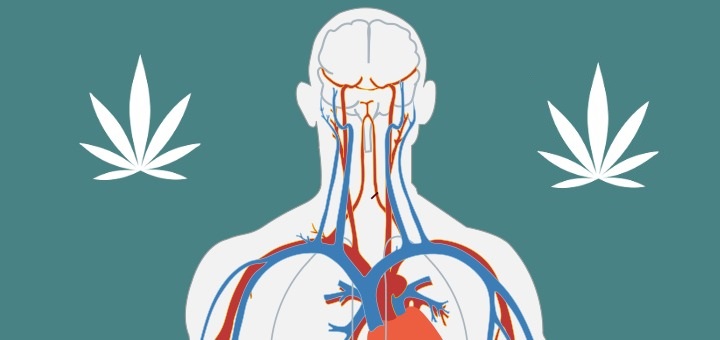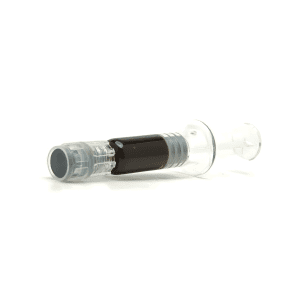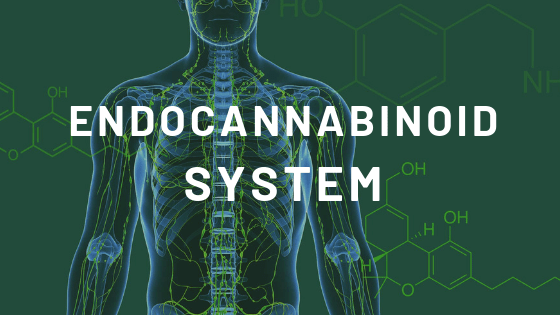
The endocannabinoid system (ECS) is a complex network of receptors, signaling molecules, and metabolic enzymes that most people do not know about. A building body of research shows that the ECS has a significant influence on human health and well-being, serving an essential function in the human body: restoring homeostasis via physiological and regulatory mechanisms. The ECS is made up of cannabinoid receptors, endocannabinoids, and metabolic enzymes.
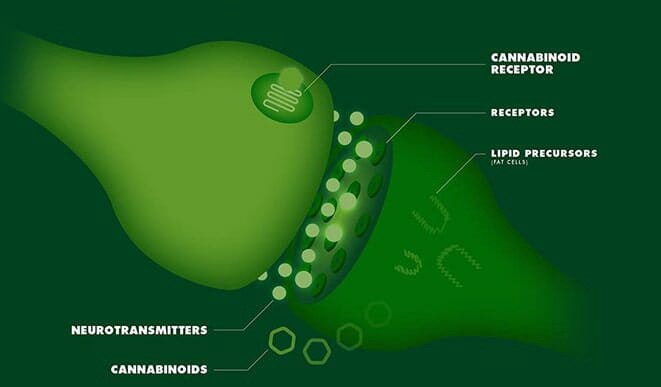
Role of the Endocannabinoid System
Endocannabinoid system receptors and cannabinoids are present and vital in nearly every area of the human body.
The ECS is responsible for basic homeostatic roles:
- Relaxation
- Metabolism
- Sleep
- Memory
The ECS is also responsible for more complex functions:
- Neuroplasticity
- Modulation of embryonic development
- Neuroprotection
- Immunity and inflammation
- Apoptosis
- Carcinogenesis
- Pain and emotional memory
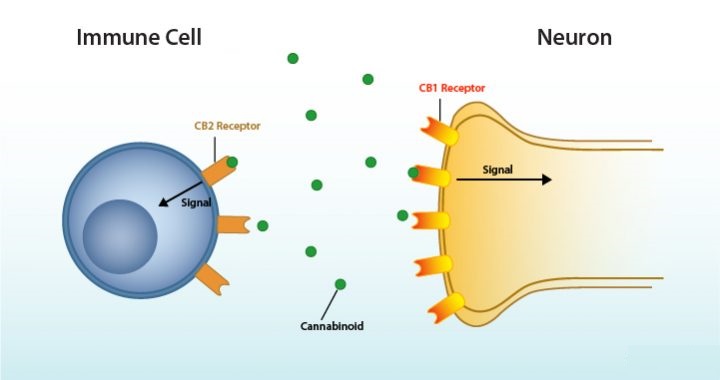
How does it work?
The ECS involves three core components: endocannabinoids, receptors, and enzymes.
Endocannabinoids
Endocannabinoids, also called endogenous cannabinoids, are molecules made by your body. They’re similar to cannabinoids, but they’re produced by your body.
Experts have identified two key endocannabinoids so far:
- anandamide (AEA)
- 2-arachidonoylglyerol (2-AG)
These help keep internal functions running smoothly. Your body produces them as needed, making it difficult to know what typical levels are for each.
Endocannabinoid receptors
These receptors are found throughout your body. Endocannabinoids bind to them in order to signal that the ECS needs to take action.
There are two main endocannabinoid receptors:
- CB1 receptors, which are mostly found in the central nervous system
- CB2 receptors, which are mostly found in your peripheral nervous system, especially immune cells
Endocannabinoids can bind to either receptor. The effects that result depend on where the receptor is located and which endocannabinoid it binds to.
For example, endocannabinoids might target CB1 receptors in a spinal nerve to relieve pain. Others might bind to a CB2 receptor in your immune cells to signal that your body’s experiencing inflammation, a common sign of autoimmune disorders.
Enzymes
Enzymes are responsible for breaking down endocannabinoids once they’ve carried out their function.
There are two main enzymes responsible for this:
- fatty acid amide hydrolase, which breaks down AEA
- monoacylglycerol acid lipase, which typically breaks down 2-AG
Different ways to stimulate your endocannabinoid system besides smoking cannabis.
The main active component of cannabis is tetrahydrocannabinol (THC). THC, referred to as a “cannabinoid” (like the dozens of other unique constituents of cannabis), acts on the brain by muscling in on the intrinsic neuronal signaling system, mimicking a key natural player, and basically hijacking it for reasons best known to the plants.How to Consume THC besides Smoking it ? There is Many Different ways , the most common are Oil , Tincture , Honey Oil , Crystals , Edibles Etc .
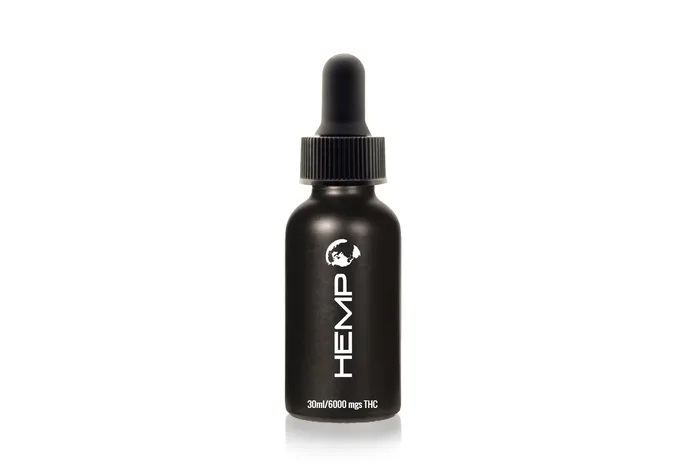
Cold Exposure
Cold exposure has been shown to increase endocannabinoid levels (1).
Researchers have found that cold exposure significantly increases the density of CB1 neurons (2).
Taking a Cold Shower For several minutes are one of the examples of Cold Exposure !!
Extra Virgin Olive Oil
Olive oil has numerous health benefits, particularly because of its strong anti-inflammatory effects.
It’s also been shown to upregulate CB1 receptors .
Exercise
Exercise is another great way to stimulate and support your endocannabinoid system.
Medium and high-intensity exercise has been shown to activate the endocannabinoid system . Research also shows that exercise significantly upregulates CB1 receptors and enhances CB1 receptor sensitivity, which is why exercise can protect against the consequences of stress .
Curcumin
Curcumin is the most heavily researched compound within turmeric, the spice that gives curry its yellow colour.
It’s one of my favourite natural compounds for optimal health.
Researchers have found that supplementing with curcumin for 4 weeks reduces depression by binding to the CB1 receptor and increasing endocannabinoid levels in the brain.
